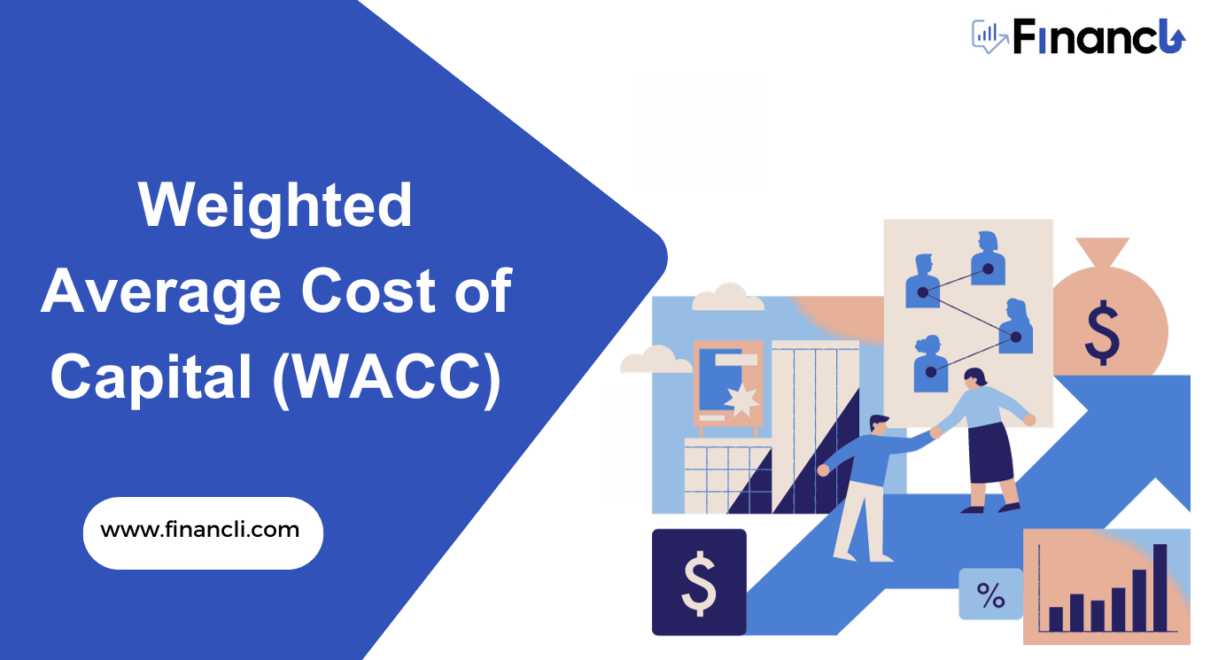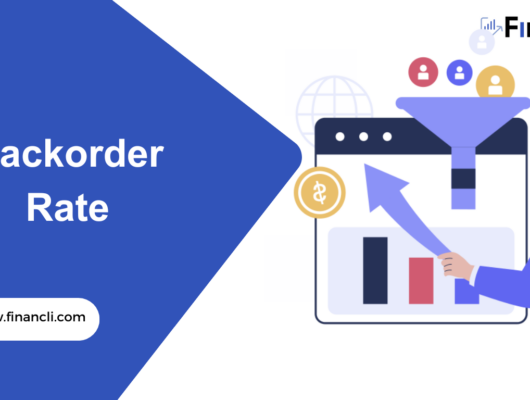Weighted Average Cost of Capital (WACC)
The Weighted Average Cost of Capital (WACC) is a fundamental financial ratio that holds a pivotal place in the toolkit of finance professionals. Its role? To provide a comprehensive understanding of how a company is expected to compensate its investors for the privilege of using their capital. In essence, WACC represents the blended financing cost through equity and debt.
The WACC Formula
The WACC formula is a masterful blend of two essential components: the cost of equity and the cost of debt. These components are meticulously weighted, taking into account their respective proportions in the company’s capital structure. The formula doesn’t stop there; it also considers the market price of equity and debt and the corporate tax rate.
WACC Calculation Process
- Proportionate Wisdom: The first step is to unravel the proportion of equity and debt in the company’s capital structure. This insight forms the foundation of WACC calculation.
- The Cost of Equity: Delving into the cost of equity requires understanding the risk-free rate, market rates, and systematic risk. These variables play a pivotal role in determining the cost of equity.
- Decoding the Cost of Debt: Calculating the cost of debt is a nuanced process. It involves considering the current yield of outstanding bonds and the all-important tax shield benefit.
- Balancing Act: Armed with the proportions and costs, we weigh these components appropriately and then sum them up. This meticulous balancing act yields the WACC.
Example of WACC
To put theory into practice, let’s consider an example. Imagine a company with a cost of equity of 8%, a cost of debt of 5%, and an equal mix of debt and equity in its capital structure. The WACC, in this case, would be a harmonious 6.5%.
Components of WACC
WACC doesn’t work in isolation; it thrives on the diversity of its components. Let’s take a closer look:
Equity Financing
Common shares and preferred shares represent this facet of WACC. It delves into the share price, stock price, and the vital matter of voting rights. Equity financing plays a significant role in shaping a company’s cost of capital.
Debt Financing
Debt financing, on the other hand, encompasses outstanding debt and outstanding bonds. It brings to the forefront factors like the cost of borrowing and tax costs. The interplay between these elements influences the cost of capital.
WACC vs. Required Rate of Return (RRR)
While WACC stands as the standard by which a company evaluates its investments, the Required Rate of Return (RRR) represents the opportunity cost. This is the return anticipated by equity investors. It’s essential to note that the RRR often stands taller than the WACC, making it a more demanding benchmark.
Frequently Asked Questions?
Is a high WACC good or bad?
– A high WACC indicates higher financial risk. It means the company pays more to finance its operations, which can concern individual investors. –
Is the cost of capital and the weighted average cost of capital are different?
– The cost of capital can refer to the cost of a specific type of capital like debt or equity. On the other hand, WACC is the blended cost of all sources of capital.






